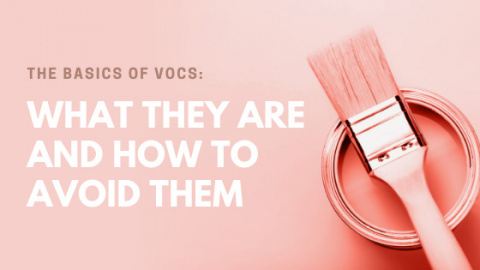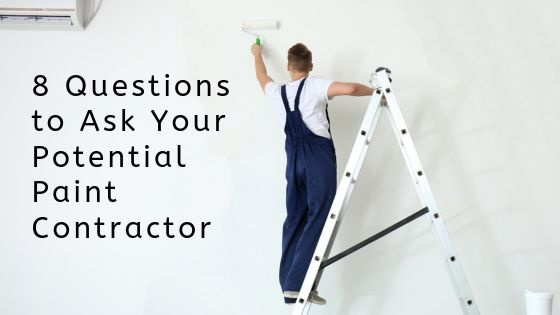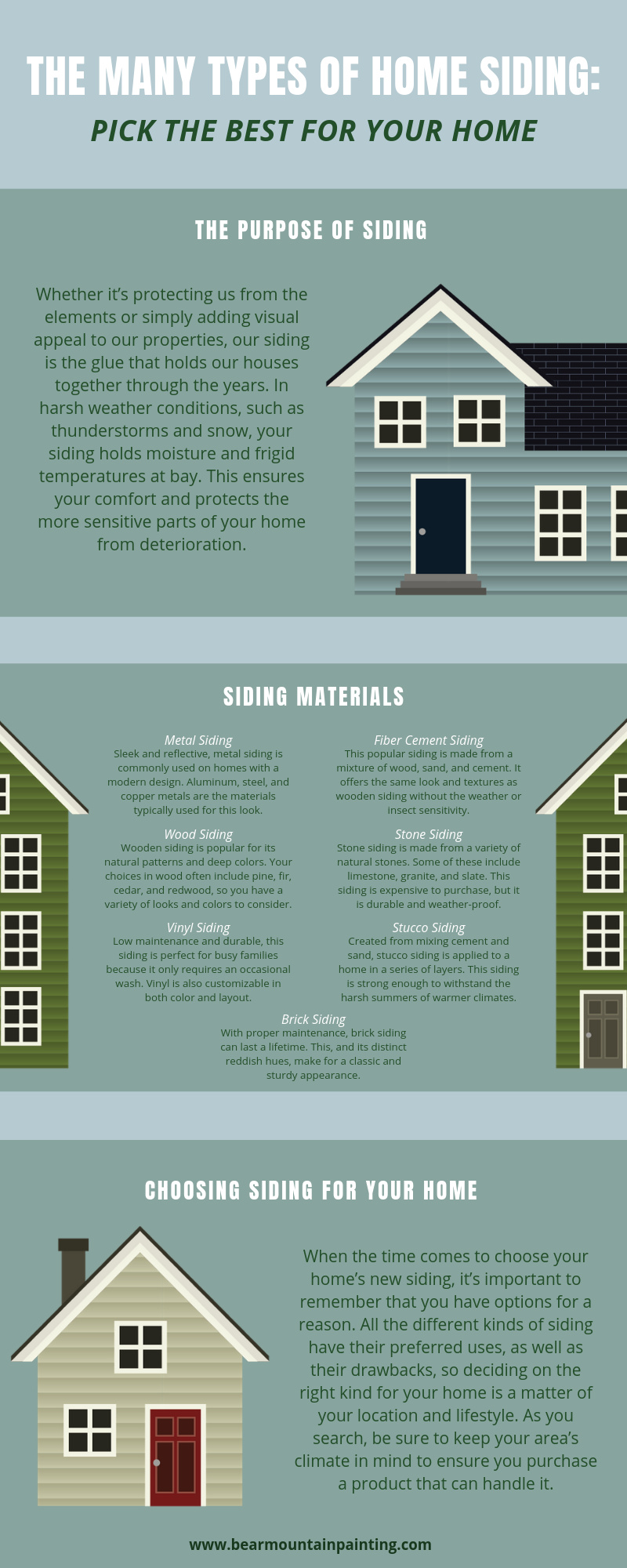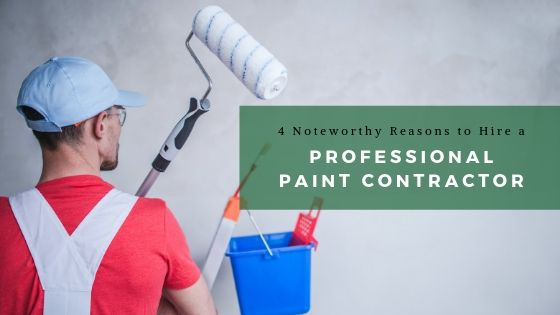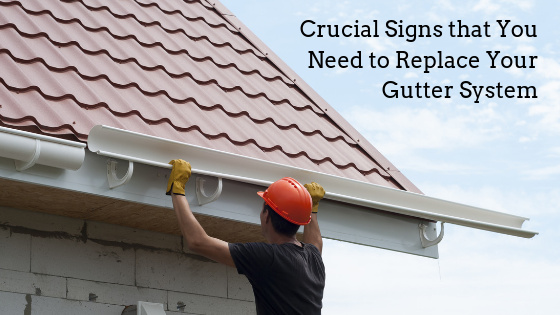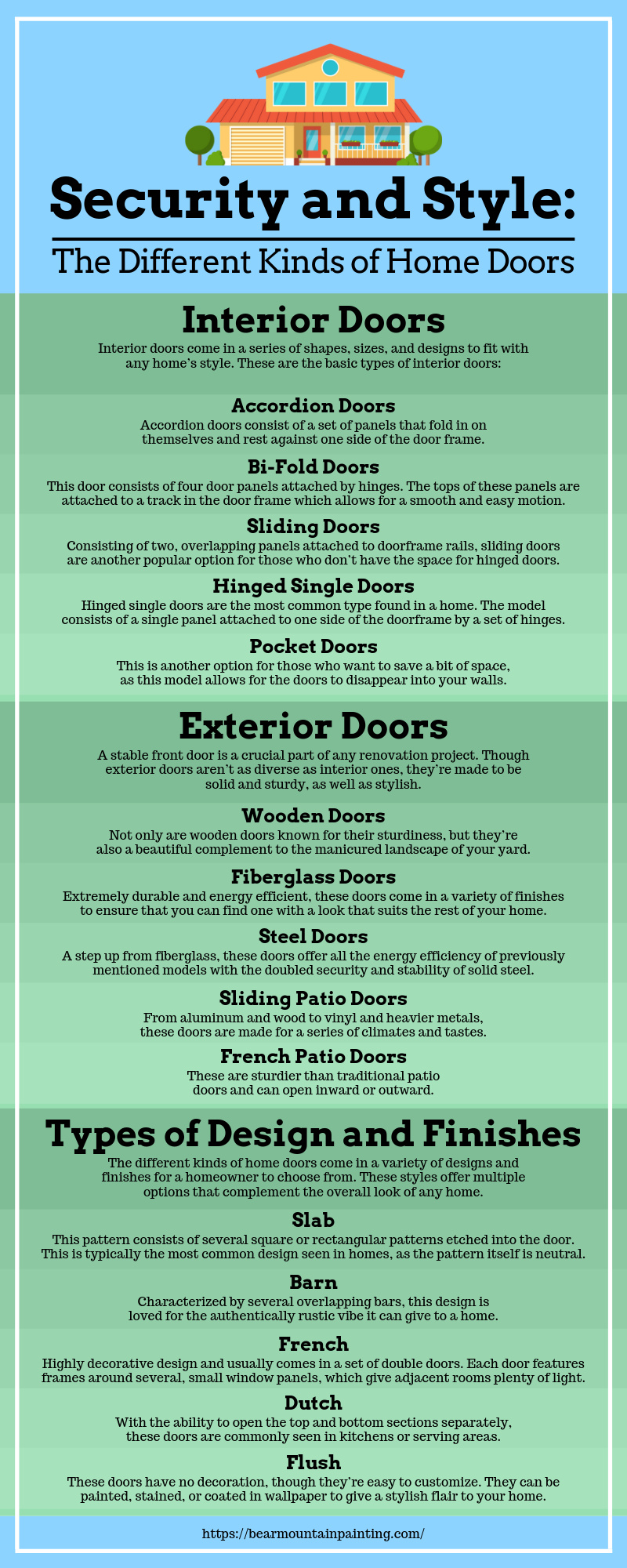Siding is an important part of any home. Offering a series of functions, it’s what makes a home a shelter for those that inhabit it. Despite its importance, many homeowners aren’t aware of the differences between the types of siding or how certain ones could greatly benefit their lifestyle. Do a bit of research and find out which siding works best for your home.
The Purpose of Siding
A home’s siding accomplishes multiple essential tasks. Whether it’s protecting us from the elements or simply adding visual appeal to our properties, our siding is the glue that holds our houses together through the years. In harsh weather conditions, such as thunderstorms and snow, your siding holds moisture and frigid temperatures at bay. This ensures your comfort and protects the more sensitive parts of your home from deterioration.
Siding is also what makes a home look like a home. It is available in many different types, colors, and designs, and it is customizable to fit any style, so you can enhance the character of your home. The materials and the color you choose can greatly affect the home’s curb appeal and value among the neighborhood.
In addition, siding also plays a role in increasing a home’s overall value. When the time comes to sell your home, well-maintained siding is a key trait that buyers will look for. This will also serve to generate more profit for you, as the increased interest in your home will raise the market price.
Siding Materials
There are several different types of siding, and each one has their own set of advantages and disadvantages. Knowing these characteristics as you start your search is crucial to deciding which one will best suit your home and environment.
Metal Siding
Sleek and reflective, metal siding is commonly used on homes with a modern design. Aluminum, steel, and copper metals are the materials typically used for this look. While this siding doesn’t mold or rot when exposed to the elements, it does have the potential to rust if it’s not installed properly. Despite this drawback, metal siding is the most beneficial choice for those who don’t want to perform regular maintenance. Some upkeep is required, as this siding is easy to scratch and dent, but overall, it’s the sturdiest siding option.
Wood Siding
Wooden siding is popular for its natural patterns and deep colors. Your choices in wood often include pine, fir, cedar, and redwood, so you have a variety of looks and colors to consider. Cedar siding, in particular, is the most commonly used of these options and is the most customizable. You have to regularly protect this siding with a fresh coat of stain, but your efforts will revive the original luster of the wood and keep it protected from the elements for the next three to seven years. Wooden siding is also considered as one of the most eco-friendly products on the market.
Vinyl Siding
Vinyl siding has been the most popular choice for years. In fact, according to Plastics News, “Some 27 percent, or 213,000 of the 795,000 houses completed last year, have vinyl siding as the primary exterior wall material.” Low maintenance and durable, this siding is perfect for busy families because it only requires an occasional wash. Vinyl is also customizable in both color and layout, which makes it very appealing to those looking for a specific style. It’s important to note, however, that vinyl siding is susceptible to extreme weather conditions and can crack in strong storms.
Brick Siding
With proper maintenance, brick siding can last a lifetime. This, and its distinct reddish hues, make for a classic and sturdy appearance. Though it isn’t often used in current construction projects, this siding offers a rustic charm that still appeals to many homeowners. Unfortunately, this beauty comes with a price. Next to metal siding, brick siding is one of the more expensive options to purchase and have installed. Even so, this siding is extremely weather-resistant and doesn’t need to be repainted or stained.
Fiber Cement Siding
Made from a mixture of wood, sand, and cement, this siding is also a popular option among homeowners. It offers the same look and textures as wooden siding without the weather or insect sensitivity. However, it tends to be more expensive than traditional vinyl siding and it needs to be repainted every decade. Since the paint pigment doesn’t soak entirely into the material, this siding is also prone to chipping under the harsh sun.
Stone Siding
Stone siding is made from a variety of natural stones. Some of these include limestone, granite, and slate. Like brick, this siding is expensive to purchase and install, but it is durable and weather-proof. Stone also doesn’t require a lot of maintenance and can give your home a natural look.
Stucco Siding
Created from mixing cement and sand, stucco siding is applied to a home in a series of layers. These layers are what make the siding strong enough to withstand the harsh summers of warmer climates. This stucco siding, however, doesn’t resist moisture very well and can crack when used in areas that see a lot of rainstorms.
Choosing Siding for Your Home
When the time comes to choose your home’s new siding, it’s important to remember that you have options for a reason. All the different kinds of siding have their preferred uses, as well as their drawbacks, so deciding on the right kind for your home is a matter of your location and lifestyle. As you search, be sure to keep your area’s climate in mind to ensure you purchase a product that can handle it. For instance, some materials have better water resistance than others, so if you live in an area with frequent and heavy rainstorms, it might be best to consider a siding that can lock out moisture.
Other contributing factors often include energy efficiency and cost. In areas with extreme temperature fluctuations, you often have to make use of the air-conditioning or heating units in your home. To keep this energy from seeping out of the siding and going to waste, it’s crucial to search for energy-efficient siding. While this purchase may be a bit more expensive than the standard siding, it will save you money on your energy bills in the long run.
Additionally, you want to consider the material’s durability. While some sidings can last for long periods in the right conditions, others may need to be maintained, repainted, or replaced after only a few years. Be sure to compare durability ratings in your search and ask a professional how well your choice will stand up to the weather, rot, and seasonal insects.
Most of all, you need to find siding that fits with the aesthetic of the home itself. In fact, color and texture combinations are a powerful way to convey your own personal style. It’s important to remember, though, that while you might like a certain texture, certain sidings such as brick or stone have limited color pallets. Keep this in mind while you narrow down your options and it can speed up the decision-making process.
Reach out to Bear Mountain Custom Painting for more information on siding products and siding installation services in Atlanta. Our trained professionals will walk you through the process to choose the perfect siding for your home.
